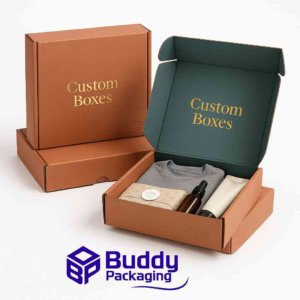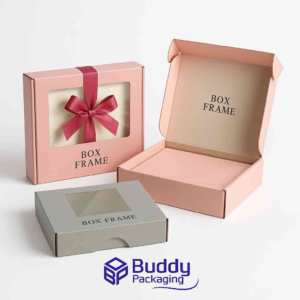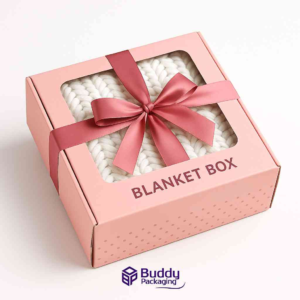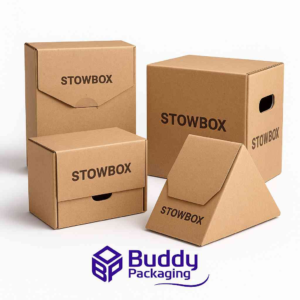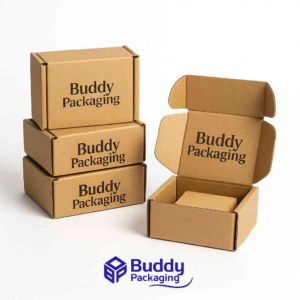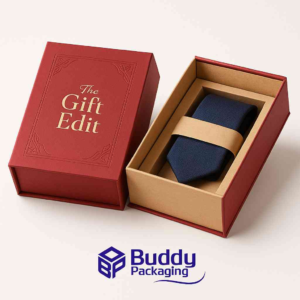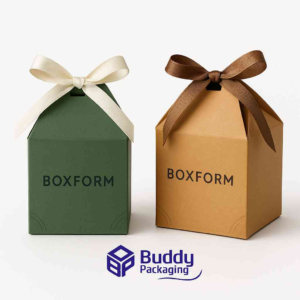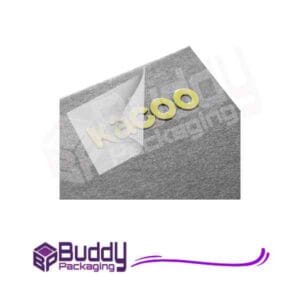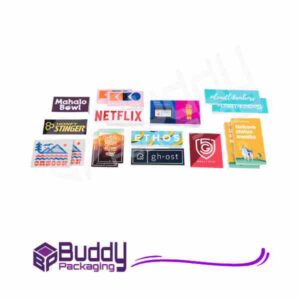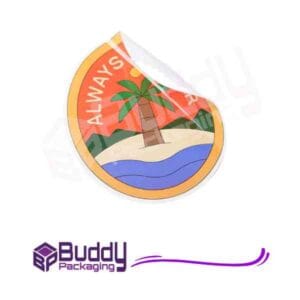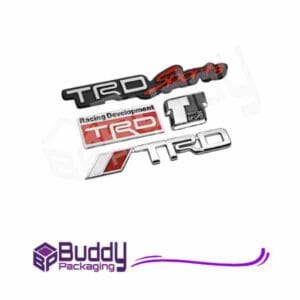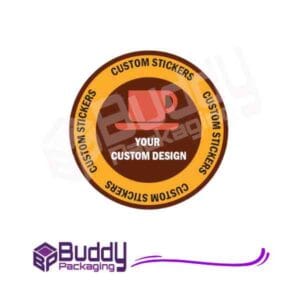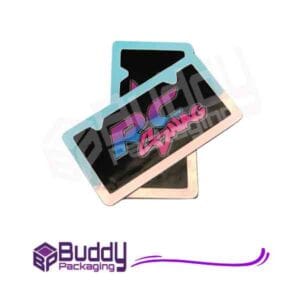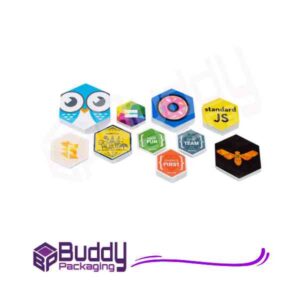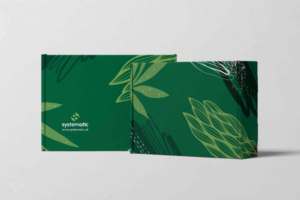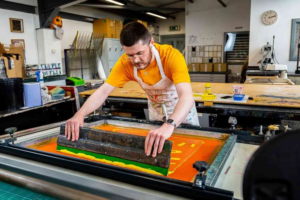Flyer Printing Design: A Complete Guide to Creating Impactful Marketing Flyers
Flyer printing design remains one of the most effective marketing tools for businesses, brands, and organizations of all sizes. Despite the rise of digital marketing, flyers hold a unique power to grab attention in physical spaces, connect with local audiences, and deliver a clear message directly into people’s hands. Whether you are launching a new product, promoting an event, or advertising a service, a well-thought-out flyer printing design can amplify your brand visibility and generate meaningful results.
Why Flyer Printing Design Matters
Flyers are tangible marketing assets that people can see, touch, and keep. Their physical presence makes them more memorable than an online advertisement that might disappear in seconds. A great flyer printing design serves several purposes. It conveys your message quickly, makes your brand look professional, and inspires your audience to take action. Whether the call to action is visiting a store, scanning a QR code, or signing up for an event, the design influences how people perceive and respond.
Moreover, flyer printing design gives you complete creative control. From layout and colours to typography and imagery, you can craft a design that aligns with your branding and communicates your message effectively. When combined with modern printing techniques and thoughtful distribution strategies, flyers continue to stand out as cost-effective and results-driven marketing materials.
Key Elements of an Effective Flyer Printing Design
Clear Purpose and Message
Every successful flyer starts with clarity. Before you begin designing, decide what the flyer aims to achieve. Is it to promote an event, advertise a discount, or introduce a new product? Once the purpose is defined, craft a message that is concise yet impactful. Avoid overwhelming the reader with unnecessary details—stick to the essentials.
Eye-Catching Headline
Your headline is the first thing people notice. It should grab attention immediately and communicate the main benefit or highlight. Use bold fonts, contrasting colors, or creative wording to make your headline pop. For example, instead of simply writing “Summer Sale,” consider a more engaging line such as “Hot Deals This Summer – Up to 50% Off!”
Compelling Visuals
Flyer printing design thrives on strong visuals. Images, graphics, and icons break the monotony of text and make the flyer attractive. Use high-resolution images relevant to your product or event. Incorporate brand elements like your logo and consistent color palette to reinforce brand recognition.
Balanced Layout
A well-structured layout ensures your flyer looks professional. Use a grid system to organize elements, leaving enough white space so the design doesn’t look cluttered. Divide the flyer into sections such as headline, body content, visuals, and call to action. This makes it easier for readers to digest information quickly.
Strong Call to Action
The call to action (CTA) is the driving force of any flyer. Tell your audience exactly what to do next—visit your store, call a number, scan a QR code, or buy online. Make the CTA prominent using larger fonts, bold colours, or placement at the bottom center of the flyer.
Brand Consistency
Consistency builds trust. Align your flyer printing design with your existing branding. Use the same fonts, colours, and tone of voice that appear across your website, social media, and other marketing materials. This ensures a seamless customer experience and reinforces brand identity.
Tips for Designing Flyers That Convert
Know Your Audience
Understanding your target audience is the foundation of flyer printing design. A flyer aimed at students will look very different from one targeting corporate professionals. Research your audience’s preferences, interests, and expectations, then tailor the design accordingly.
Use Typography Wisely
Typography sets the tone of your flyer. Choose fonts that are easy to read yet visually engaging. Stick to two or three typefaces to maintain consistency. Use larger fonts for headings and subheadings, while keeping body text simple and legible.
Incorporate Colours Psychology
Colours influence emotions and behaviors. For example, red can create urgency, blue conveys trust, and green signifies growth. Select colours that match your brand identity while also evoking the right emotions for your message.
Keep It Simple
Simplicity often wins. Avoid overcrowding the flyer with excessive text or graphics. Focus on one key message and highlight it with supportive visuals. A clutter-free design communicates professionalism and ensures readers don’t get overwhelmed.
Use Printing Finishes for Impact
Modern flyer printing offers several finishing options, such as gloss, matte, embossing, or foil stamping. These finishes add a premium touch and make your flyer stand out from the competition. Choosing the right finish can elevate your design and leave a lasting impression.
Practical Applications of Flyer Printing Design
Flyers can serve multiple purposes, depending on your business goals. They are commonly used for event promotions, product launches, store openings, special discounts, real estate listings, and community awareness campaigns. Small businesses especially benefit from flyers because they are affordable, easy to distribute, and adaptable to both local and larger-scale marketing efforts.
For businesses that also focus on product branding, flyer printing design can complement physical branding elements such as Custom Packaging. Together, flyers and packaging create a cohesive marketing ecosystem that enhances brand recall. You can also look at platforms offering packaging design inspiration to align your flyer aesthetics with global creative standards. If you want to collaborate with professionals nearby, check this Buddy Packaging Location to connect with experts who specialize in customise packaging and print design.
Common Mistakes to Avoid in Flyer Printing Design
One of the biggest mistakes is overloading the flyer with too much information. People usually glance at flyers for just a few seconds, so a cluttered design reduces effectiveness. Another mistake is using low-quality images or poor printing, which creates a negative impression about your brand. Finally, ignoring the call to action can make your flyer attractive but ineffective. Always end with a clear, actionable step for your audience.
How to Distribute Flyers Effectively
Design is just one part of the equation. To get maximum results, you must distribute your flyers strategically. Hand them out at busy streets, include them in product packaging, display them at local stores, or insert them in newspapers. Digital distribution also works—designing printable PDFs for sharing via email or social media can expand your reach further.
Future of Flyer Printing Design
Even in the digital era, flyer printing design continues to evolve. Many modern flyers now include QR codes, NFC tags, or augmented reality features to bridge the gap between print and digital. This hybrid approach allows businesses to track engagement and offer interactive experiences while keeping the tangible appeal of traditional flyers.
Flyer printing design continues to hold a powerful place in modern marketing strategies. Its ability to connect directly with people in tangible ways makes it unique compared to purely digital campaigns. By focusing on clear messaging, compelling visuals, strong calls to action, and professional printing, you can create flyers that not only capture attention but also drive measurable results.
If you are ready to take your flyer campaigns to the next level, start planning your design today. Experiment with creative layouts, align with your brand identity, and explore advanced printing finishes to stand out. The right flyer printing design can transform your marketing and help you connect with your audience in ways that truly matter.
FAQs
What makes a good flyer design?
A good flyer design has a clear message, strong visuals, balanced layout, consistent branding, and a compelling call to action.
What size should I use for a flyer?
The most common sizes are A5, A6, and DL, but the size should depend on your purpose and budget.
How much text should a flyer have?
Keep text minimal—enough to convey the key message, benefits, and contact details. Focus on clarity rather than word count.
Is flyer marketing still effective today?
Yes, flyers remain effective because they are tangible, affordable, and versatile. They work best when combined with digital strategies.
What printing finish is best for flyers?
Gloss finishes highlight vibrant colours, while matte finishes give a sophisticated touch. The choice depends on your brand image.


